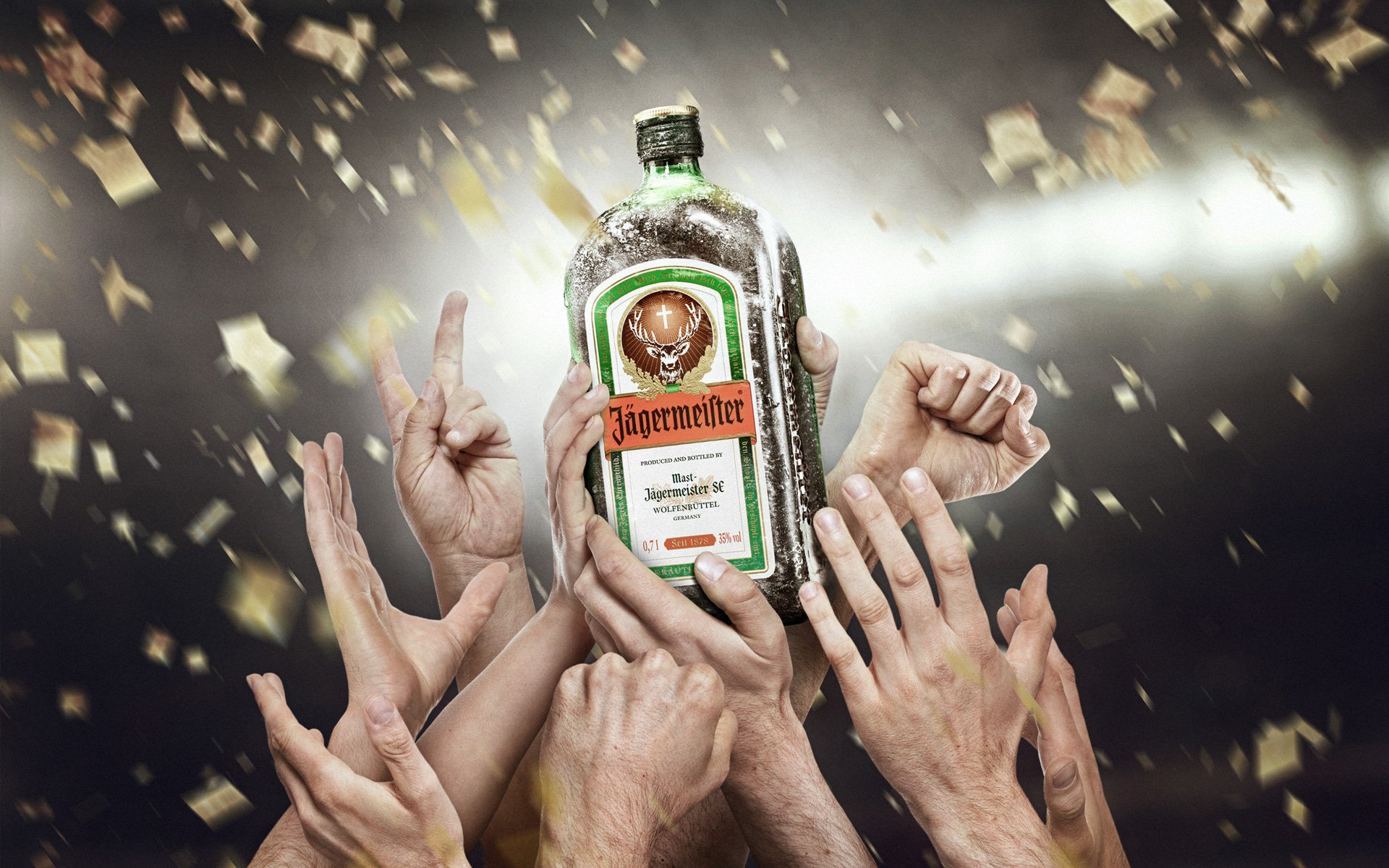
The image of a stag's head beneath a cross has become a familiar sight in many bars. The beverage advertised by the logo is the German liqueur Jägermeister, the eighth largest premium drink in the world that the Catalan company Spirit and Brands has brought over here.
Hunters and Nazis
Despite its recent introduction to this country, the beverage has a long and peculiar history. To this day, in the small town of Wolfenbüttel (Germany), the Mast family, which owns the brand, continues to distil the spirit in the same barrels with which it began in 1878.
However, the name appeared for the first time in the hunting law of 1934, Reichsjagdgesetz, which was the name given to the forest rangers of the German government. It was at this time that Curt Mast, a hunting fan, used the word to commercialise a drink to help hunters get through the cold nights.
The commercialisation of Jägermeister began in 1935 as an efficient remedy for coughs and digestive problems –like Coca-Cola. The drink was made (and still is) with 56 different herbs and 35% alcohol: camomile, coriander, lavender, cardamom, orange, nutmeg, yarrow, grains of paradise and Java pepper. Yet, as with Coca-Cola, the recipe includes a secret ingredient. German soldiers used it as an anaesthetic and disinfectant. Hermann Göring, one of Hitler's right-hand men, popularised the drink among top officials of the Third Reich.
The brand's logo is related to the legend of Saint Hubert of Liège, a keen hunter until one day he came across a white stag with a crucifix between its antlers.
Only for the intrepid
Despite its recent expansion here, Jägermeister is the eighth premium drinks brand in the world. In 2014, Jägermeister sold 6.8 million nine-litre boxes around the world and, while it is still some distance from Smirnoff vodka's 25 million boxes or Bacardi rum's 18 million, it is a rara avis among the top positions: it is the only spirit that does not belong to a large business group and it is the only product the company makes.
How did a drink similar to ratafia become the soul of the party? In 2005, when Spirit and Brands began importing the Jäger brand into Spain, it sold 175,500 litres. In 2014 that figure had risen to 1.5 million. Spain is now one of its key markets: it is the fifth country in the world in terms of the drinks' popularity. Sales of 0.7l bottles, the most popular size, have multiplied by nine in the past 10 years.
Vicenç Bisbal, Spirit and Brands spokesman, points out that the brand was already the most popular in Germany and is consumed by all sorts of people, not only the older generation. "It has reinvented itself and has become a modern icon, but in a natural way. The product's authenticity is what appeals to people of all levels".
"The key is in it being a very singular product -difficult to categorise, a strange and mysterious logo, a characteristic bottle shape… . And it is original and authentic because the product was like that more than 70 years ago and has continued that way despite the change in fashions. It has always followed its own path," Bisbal concludes.